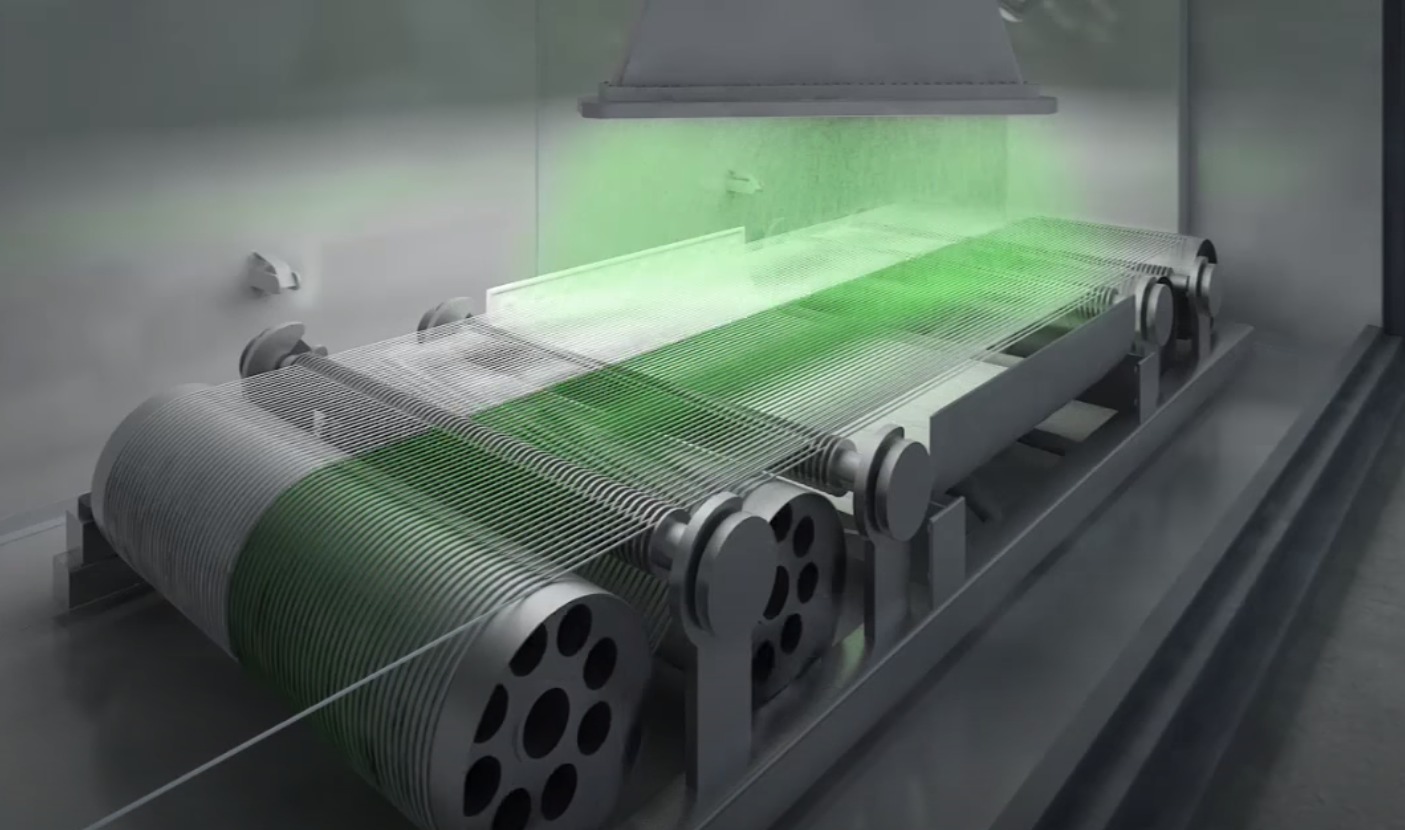
There are two primary methods used to crosslink wire. Chemical (CV / Continuous Vulcanization) and Irradiation. Crosslinking helps modify specific materials, making them more reliable, longer-lasting, and increasing the material's overall resistance capabilities. With different constructions and sizes available, these reliable cables have a number of benefits that make them some of the most dependable hook-up and building wiring products on the market.
Wire & Cable Crosslinking Methods
Two primary methods are used to crosslink wire Chemical (CV / Continuous Vulcanization) and Irradiation. The chemical crosslinking method is a chemical reaction that uses heat and pressure with the chemical polymer to create a crosslink bond. The major drawback to the chemical process is the residual peroxides in the polymer. These peroxides impede the dielectric and other various properties of the material. This drawback has caused chemically crosslinked wires to typically only have 125°C to 150°C temperature ratings. Another concern is that this technology requires a paper separator to be placed between the conductor and material to stop the insulation from pushing in between the conductor's individual strands.

Irradiation crosslinking is a much less readily available alternative method that does not require stream, pressure, heat, or peroxide chemicals that are used within chemical crosslinking. This method does not use a paper separator as there is no heat or pressure that can force the material between the conductor's individual strands. Lastly, the Irradiation method can use a wider range of materials, which makes more alternative constructions available.
Not all materials have the ability to be crosslinked, but there are two key features for the ones that can.
- Most general characteristics are improved, especially at higher temperatures.
- It has improved resistance to stress cracking and has better fluid resistance.
-
21/35kV MEDIUM VOLTAGE XLPE INSULATED MULTI-CORE STEEL TAPE ARMOURED CABLE

Crosslinking has little to no change when it comes to flames resistance or thermal stability, which is often one of the most misunderstood results of crosslinking. Uncrosslinked PE or Polyethylene is rated at +75°C, which isn't due to heat aging, but because the material will turn soft and begin to flow at higher temperatures. When made correctly, crosslinked Polyethylene, now called XLPE (Crosslinked Polyethylene), will have a temperature rating of +125°C. This will stop the material from softening and flowing at elevated temperatures, which will enable these constructions to be used in higher temperature applications.
Benefits to Crosslinking Wire & Cable
- Increased tensile strength
- Stronger abrasion resistance
- Increased crush resistance
- Stronger moisture resistance
- Solder iron resistance
- Improved temperature resistance
- Increased flame resistance
- Reduces short circuit and overload levels
- Works with a variety of voltage ranges 600V to 35kV
In general, crosslinking helps modify specific materials, making them more reliable, longer-lasting, and increasing the material's overall resistance capabilities. Crosslinked insulated cables have a maximum temperature of 125°C and an emergency rating of 150°C, although traditionally, the cables are rated for 90°C to 105°C, which enables these constructions to be used in a wider range of applications. With different constructions and sizes available, these reliable cables have a number of benefits that make them some of the most dependable hook-up and building wiring products on the market. For more information on the different capabilities of crosslinked wire and cable, feel free to reach out to one of our technical specialists, who can help answer any questions you may have.















